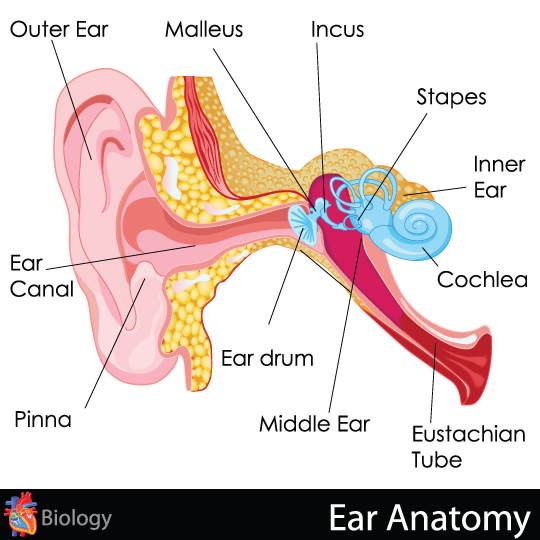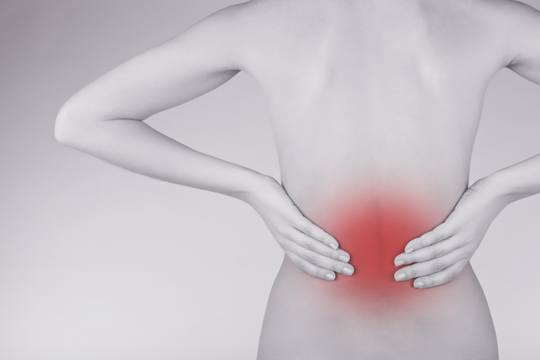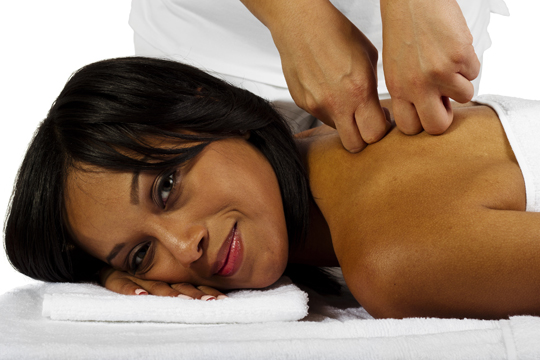Arthritis
Arthritis plagues many people worldwide. It is a condition wherein the joints are inflamed and stiff, causing pain. It usually comes with age, but there are other forms of arthritis, such as juvenile rheumatoid arthritis, which troubles the young. Does physical therapy help arthritis? The answer is yes. Physical therapy is used by a lot of pain management doctors to help those with this condition. Read on for more information.
5 Ways to Help Physical Therapy Work for You
1. The first step is to work with a professional. Being in good hands is always a safe bet, especially when it comes to health care. Contact a professional to help you relieve your pain. A chiropractor is a good source of reliable treatments.
2. The second step is to make no excuses when it comes to physical therapy. There are days when you will be tempted to say that you are in too much pain after physical therapy, and you will use this as an excuse. Don’t. Instead, rest the part of the body that is painful for now but work on another body part.
3. For stiff joints, there is nothing like heat therapy. If your joints are stiff from sleep, a warm shower can do you wonders. Additionally, you are more likely to follow through with physical therapy if you are soothed by a warm bath.
4. The fourth step is to always include aerobic exercises. Not only do these exercises help strengthen muscles and bones, but they also release endorphins that help you with the pain.
5. The last step is to set your own personal goals for physical therapy. This way you can keep track of your progress and you can motivate yourself.
Still in the Dark? Give us a call!
TalkLocal is here to help you. Contact us today for help in finding a physical therapist near you! We not only find the professionals; we connect you with them directly, for free!














